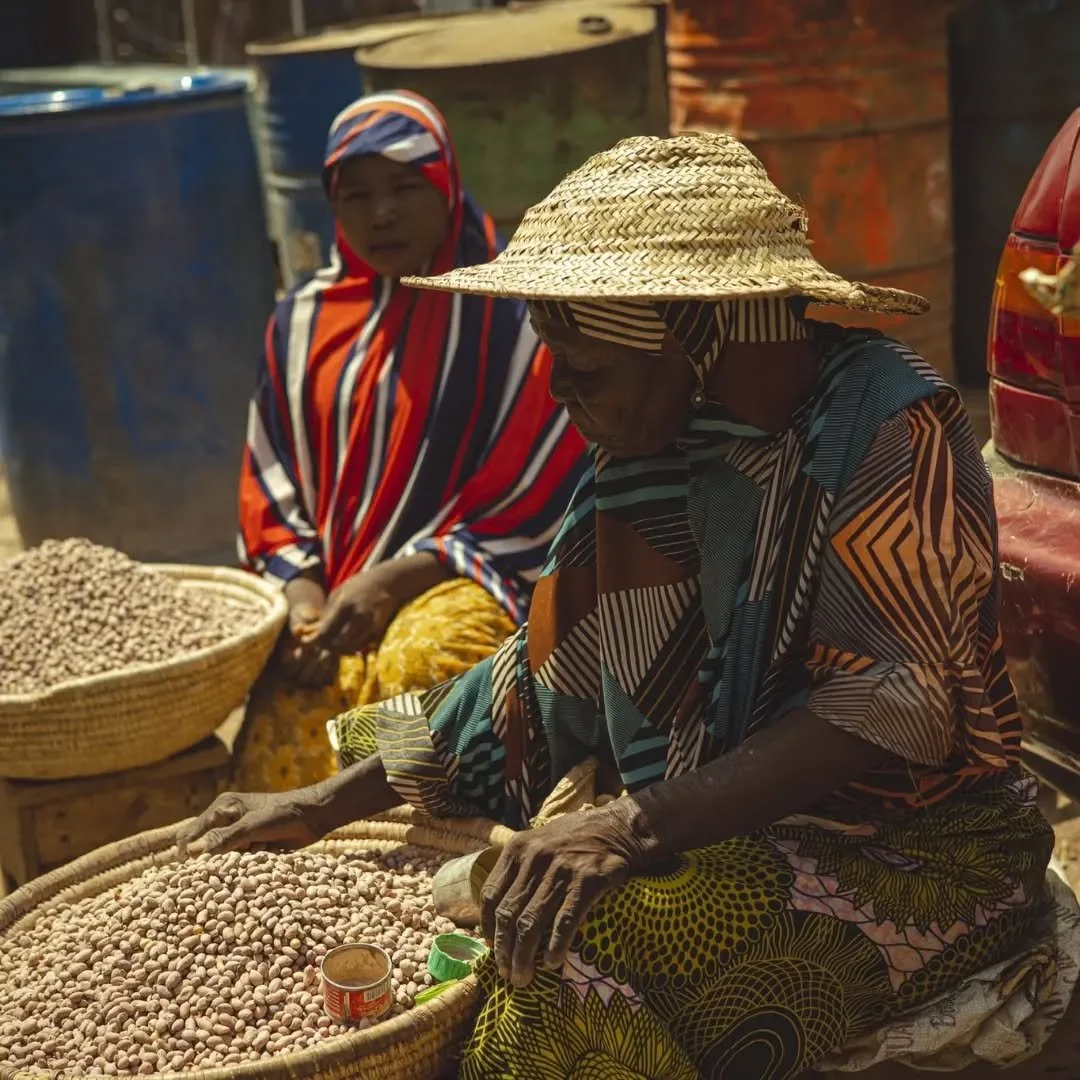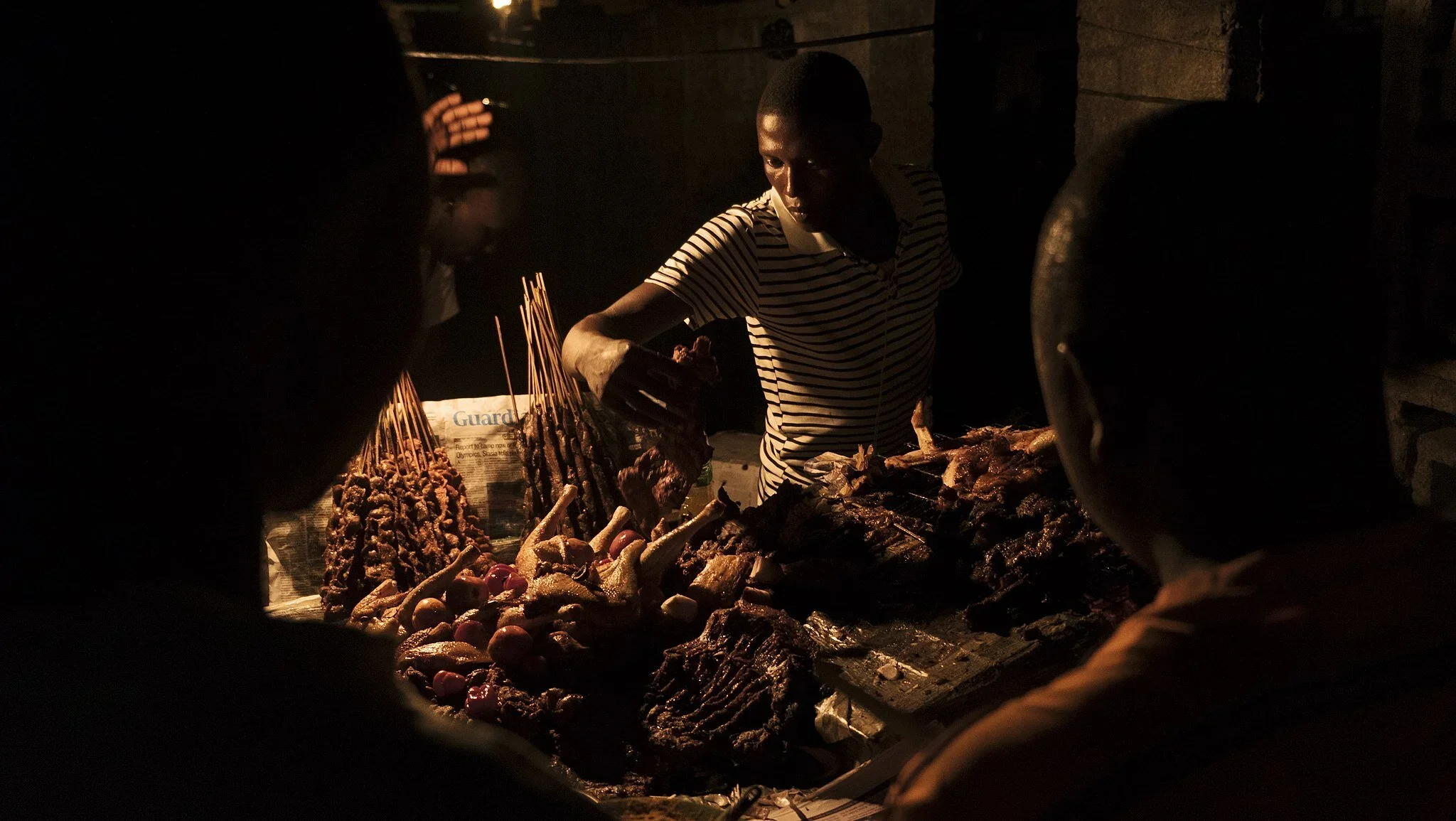Hausa Market Culture: What to Expect and How to Blend In
By: Chimdindu Ken-Anaukwu
Step into a Hausa market, and you’re stepping into a vibrant world of colors, smells, shouts, and laughter. Markets (kasuwanni) aren’t just about buying and selling, they’re social hubs, cultural classrooms, and sometimes a small workout session if you’re dodging crowds.
Here’s your ultimate guide to navigating Hausa market culture like a local, without accidentally offending anyone or buying 10 watermelons when you only needed one.
🌿 First Impressions: The Sights and Sounds
Hausa markets are sensory overload (in the best way). Expect:
Vivid stalls: Bright fabrics, spices, grains, and handmade crafts.
Shouts and haggling: Vendors calling out prices, comparing with competitors.
Crowds: Families, elders, children, and curious visitors all moving in a rhythmic chaos.
Tip: Smile, stay alert, and keep your hands free for high-fives or quick withdrawals from your wallet.
🗣️ Greetings Matter
Before you even ask the price of that gorgeous aso-oke or shiny calabash, greet people.
Sannu! — Hello!
Ina kwana? — Good morning
Lafiya lau? — Are you well?
Greeting isn’t optional. Think of it as unlocking Level 1 of market respect. Skip it, and expect suspicious looks from the sellers.
💰 Haggling: The Sport of the Market
In Hausa markets, prices are rarely fixed. Haggling is expected, polite, and sometimes theatrical. Rules to follow:
Start lower: Offer about 50–70% of the asking price.
Use humor: A witty remark can endear you to the seller.
Know a few numbers in Hausa: It shows effort and respect.
1 — Daya, 2 — Biyu, 5 — Biyar, 10 — Goma
Walk away if needed: Sometimes, pretending to leave can drop the price magically.
Pro tip: Don’t haggle for tiny items like a sachet of sugar, it can seem petty.
👗 Dress and Etiquette
Hausa culture appreciates modesty. Even if you’re not wearing traditional attire:
Avoid overly revealing clothes.
Men, a clean shirt and pants are fine; women, knee-length or longer skirts/trousers work well.
Respect personal space; don’t touch merchandise unnecessarily.
Small gestures like handshakes or nods when passing by vendors go a long way.
🍲 Sampling Food and Local Delicacies
Many markets have food stalls: tuwo, suya, fried fish, local sweets. When trying:
Ask politely: Ina zan samu...? (Where can I get…?)
Use your hands carefully if eating traditional dishes.
Compliment the vendor — Hausa culture loves praise.
Tip: Even a simple “Na gode” (thank you) wins hearts.
🤝 Blending In: Cultural Nuances
Listen first, speak second: Observe how locals interact.
Use local terms sparingly but correctly: Phrases like Barka da zuwa (welcome) signal respect.
Smile and nod: Nonverbal cues are just as important.
Patience is key: Things move slower here; enjoy the experience.
Remember, markets are as much about socializing as they are about commerce.
🎉 Final Thoughts
Hausa markets aren’t just shopping destinations; they’re cultural experiences, packed with language practice, social lessons, and maybe a little cardio dodging the crowd. Approach with respect, curiosity, and humor, and you’ll leave with both souvenirs and stories.
Pro tip: Join the NKENNE TRiiBE for Hausa phrases and etiquette tips so your market adventures are smooth, fun, and impressively authentic.
Sai anjima! (See you later!)



